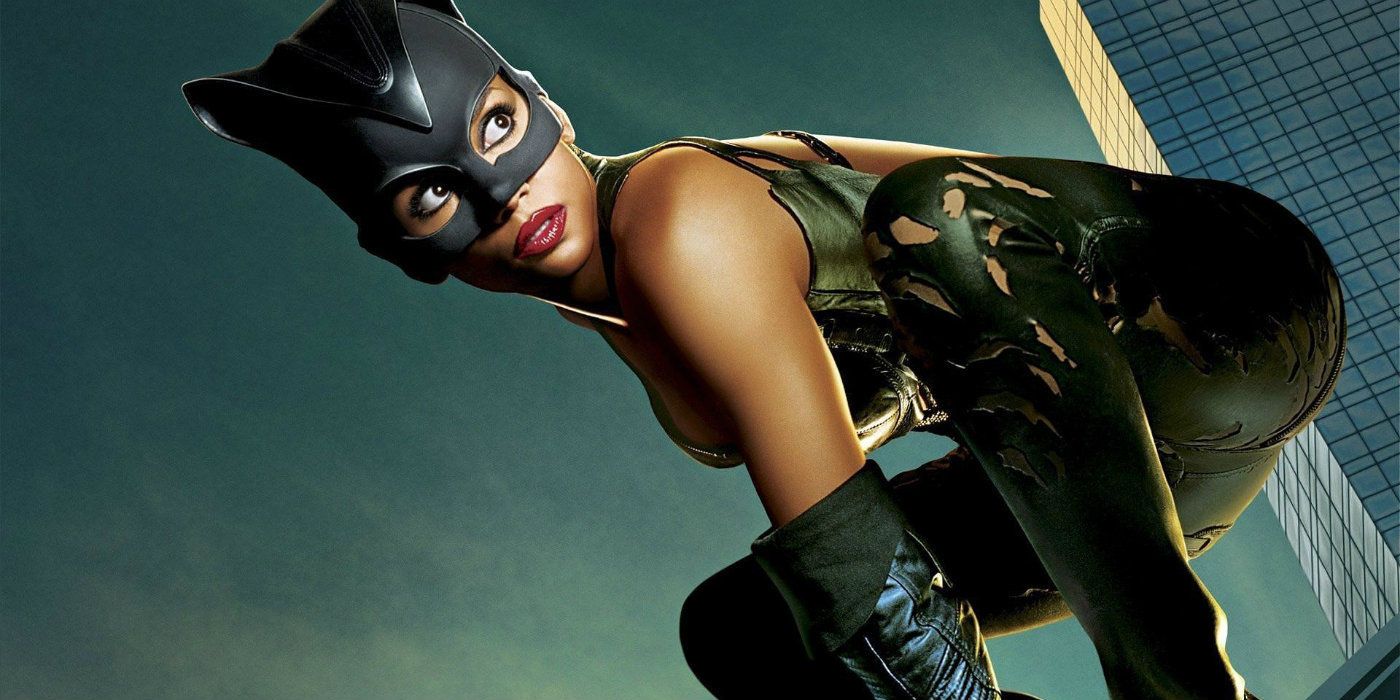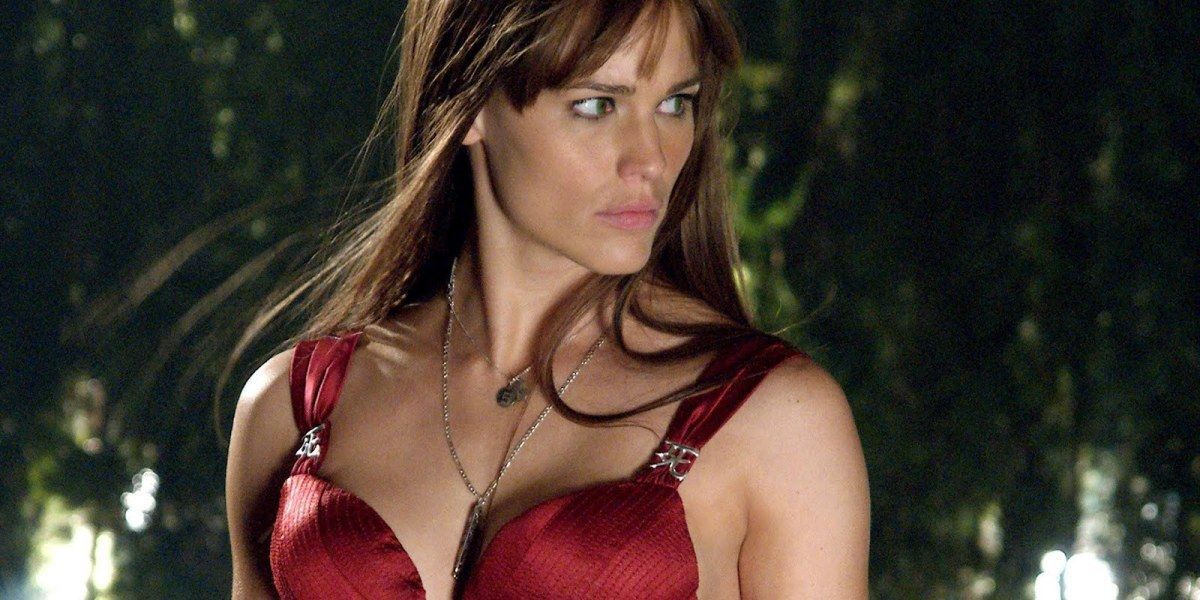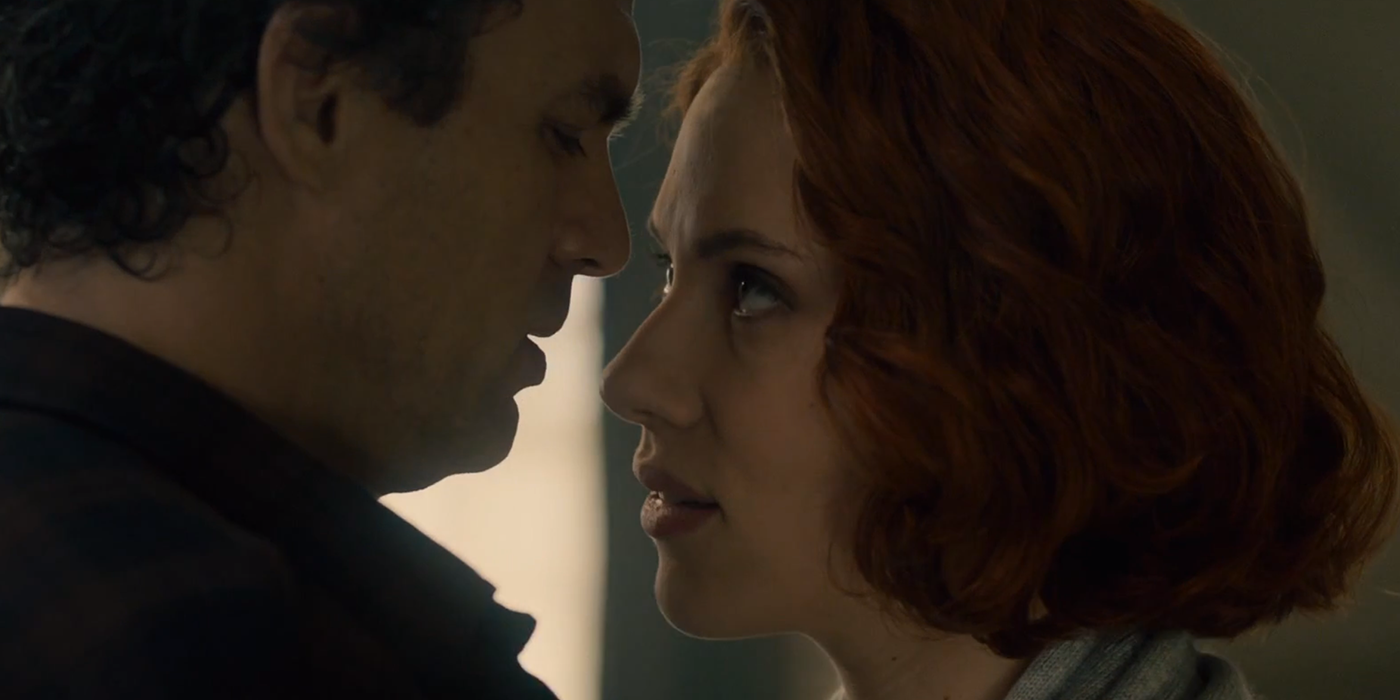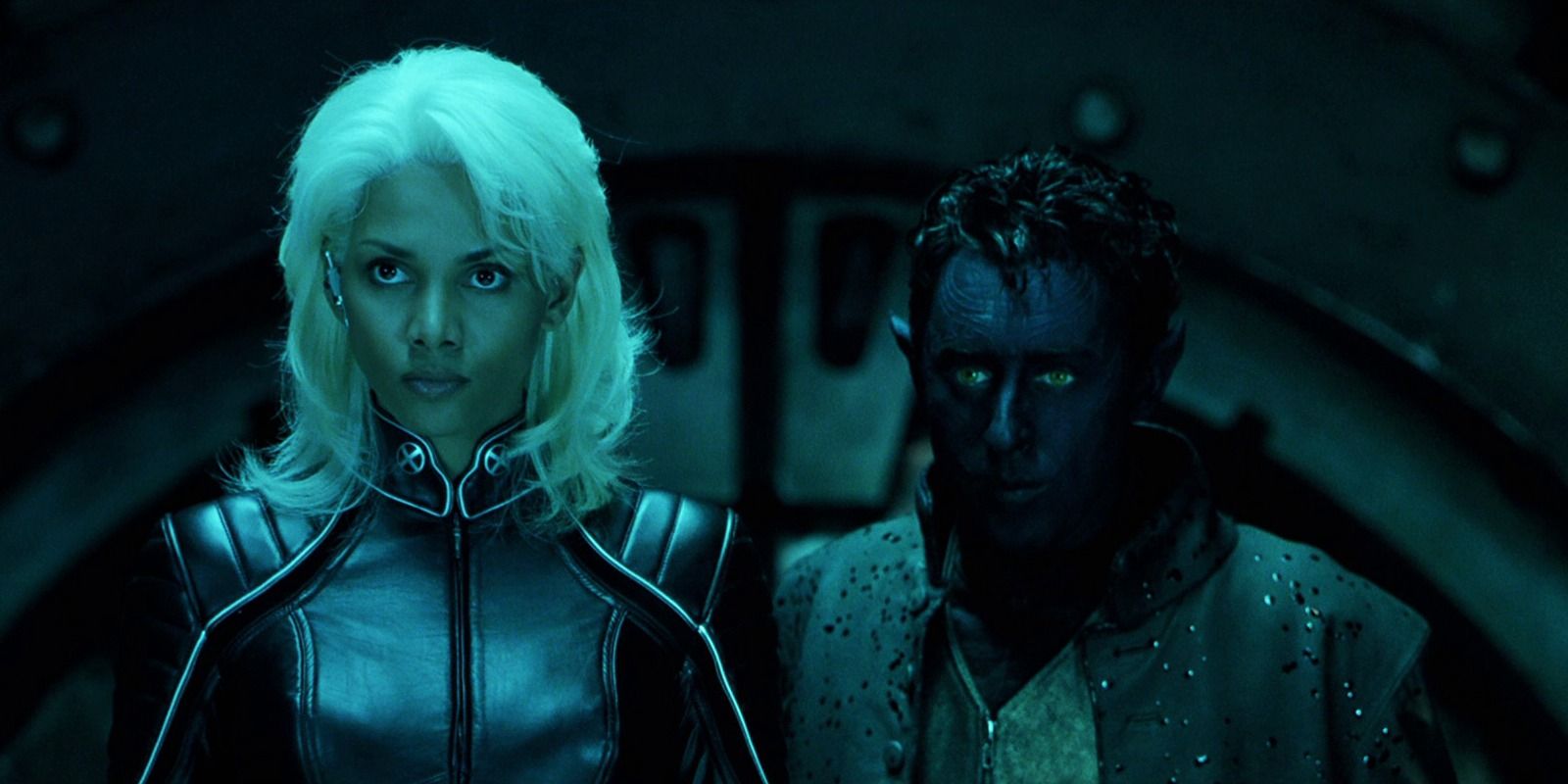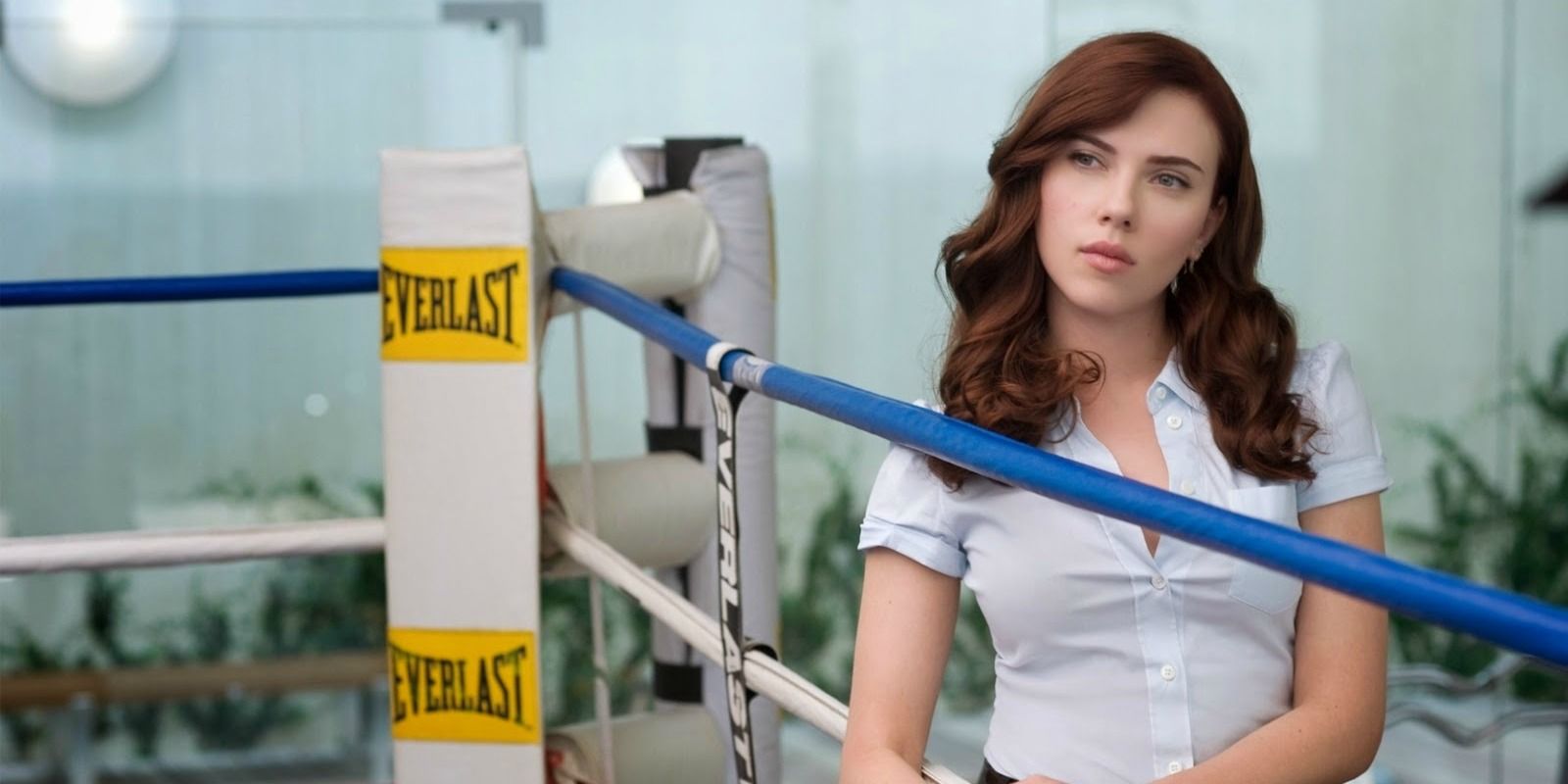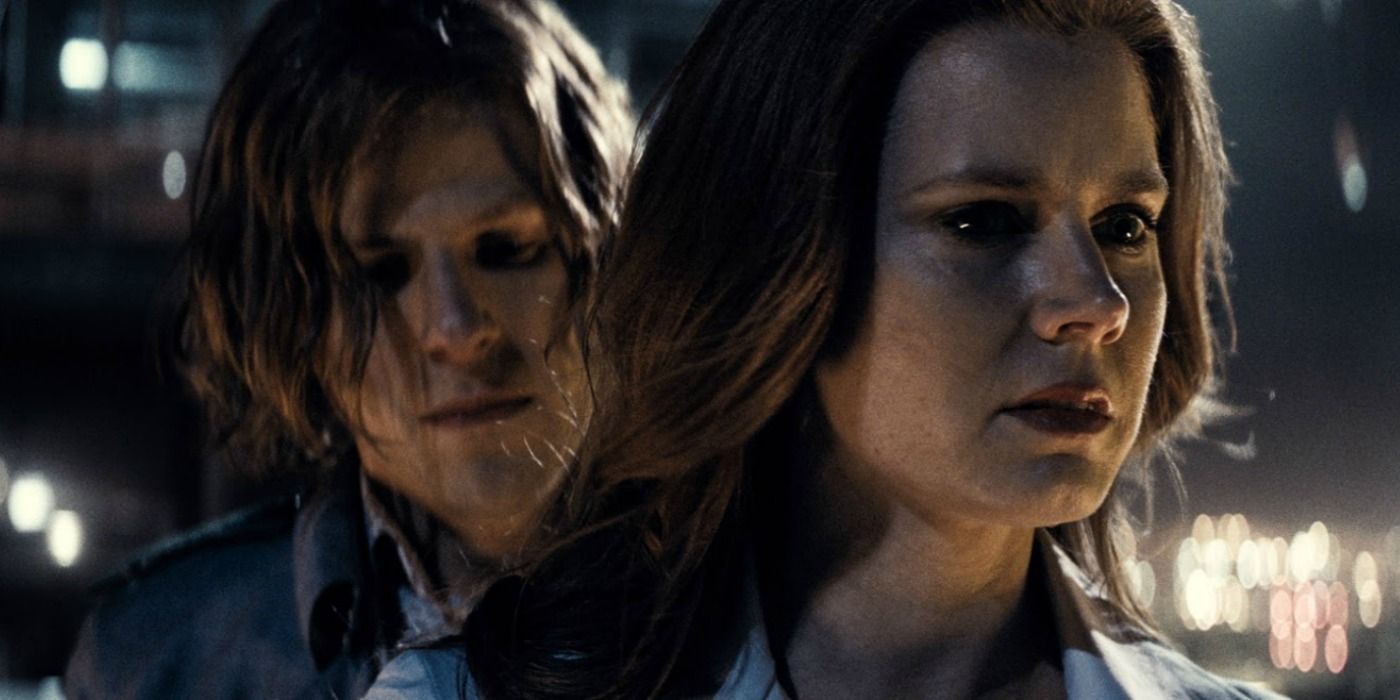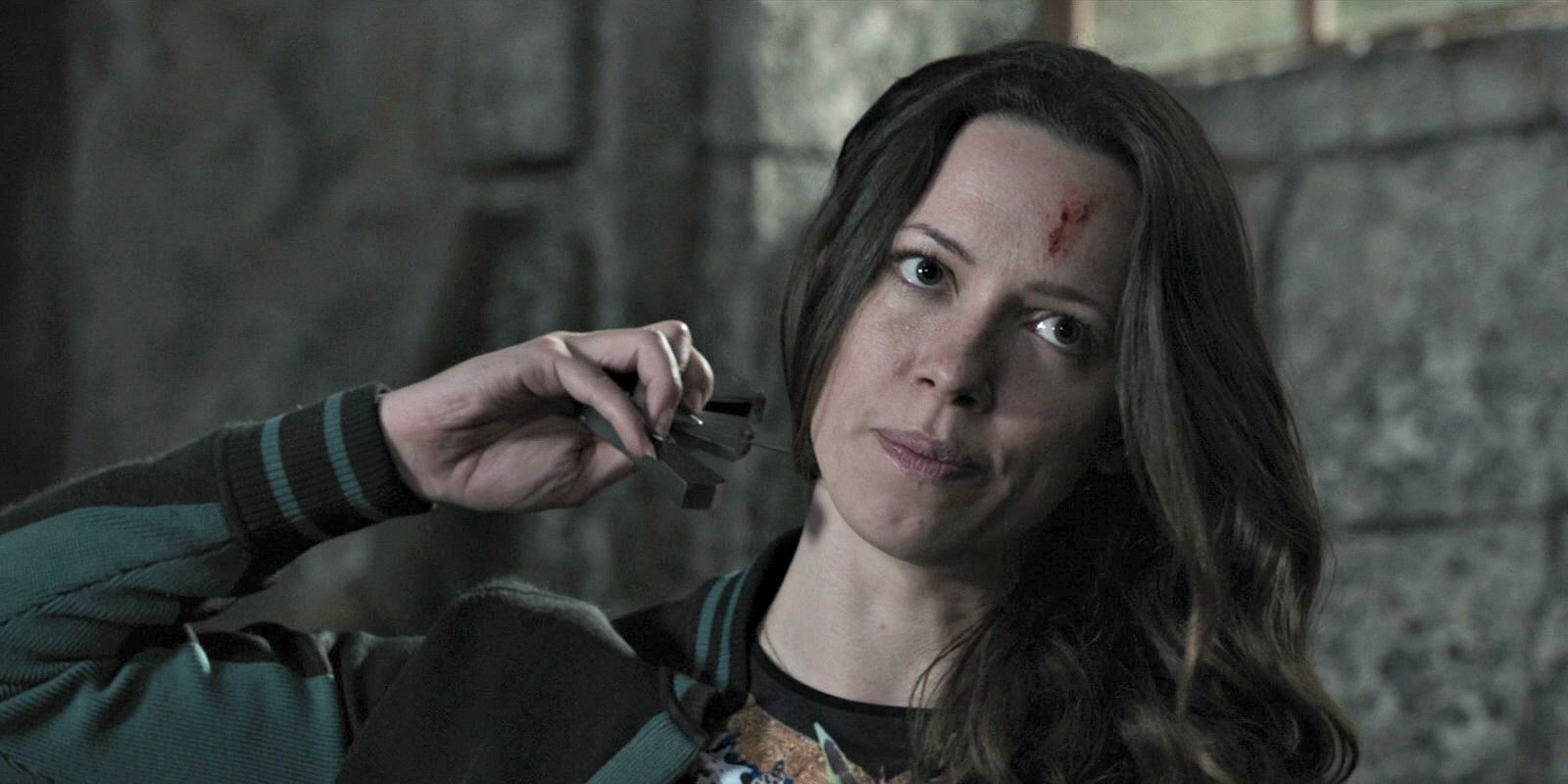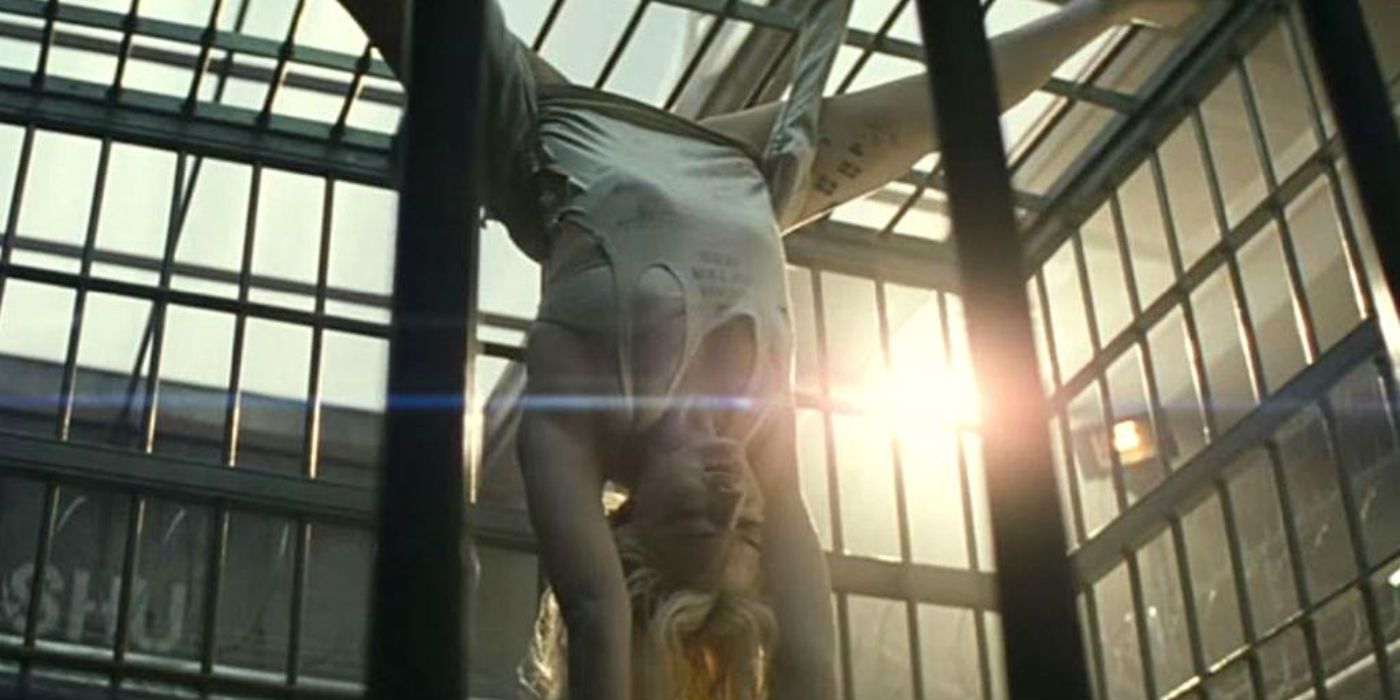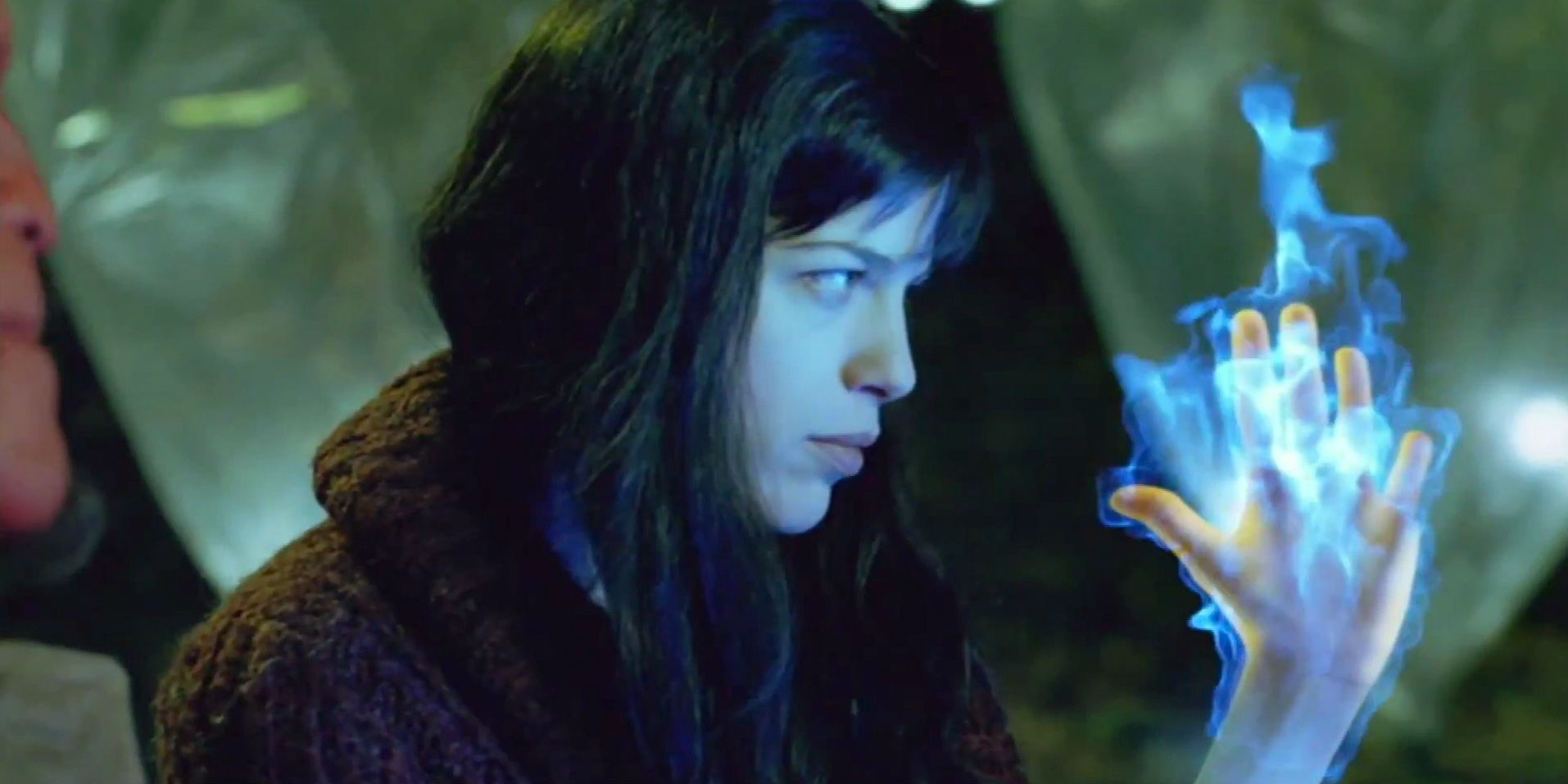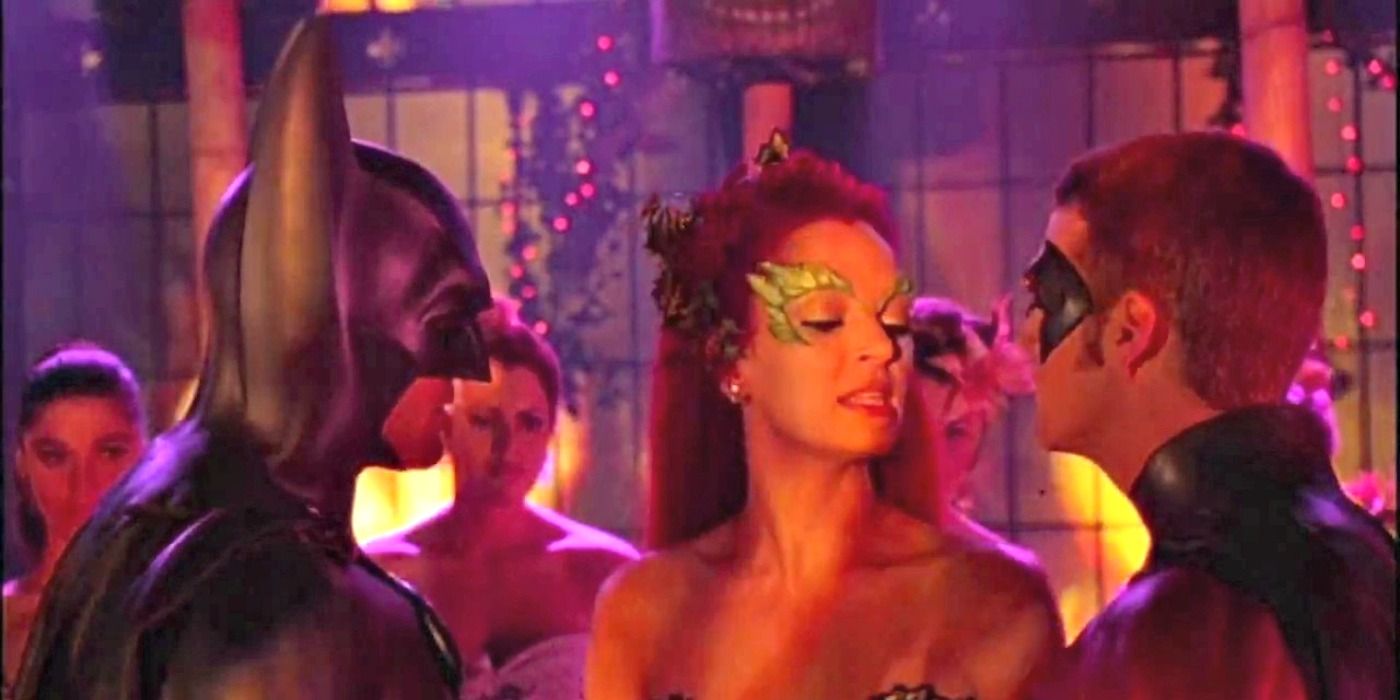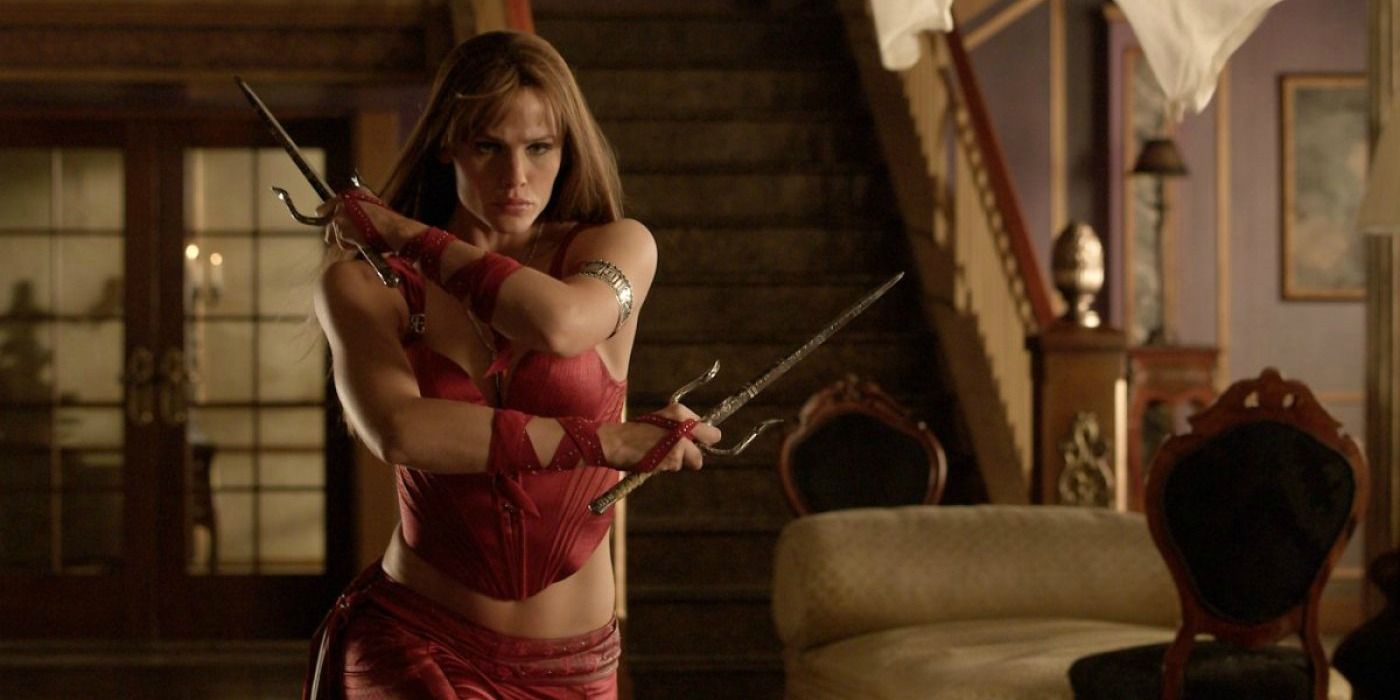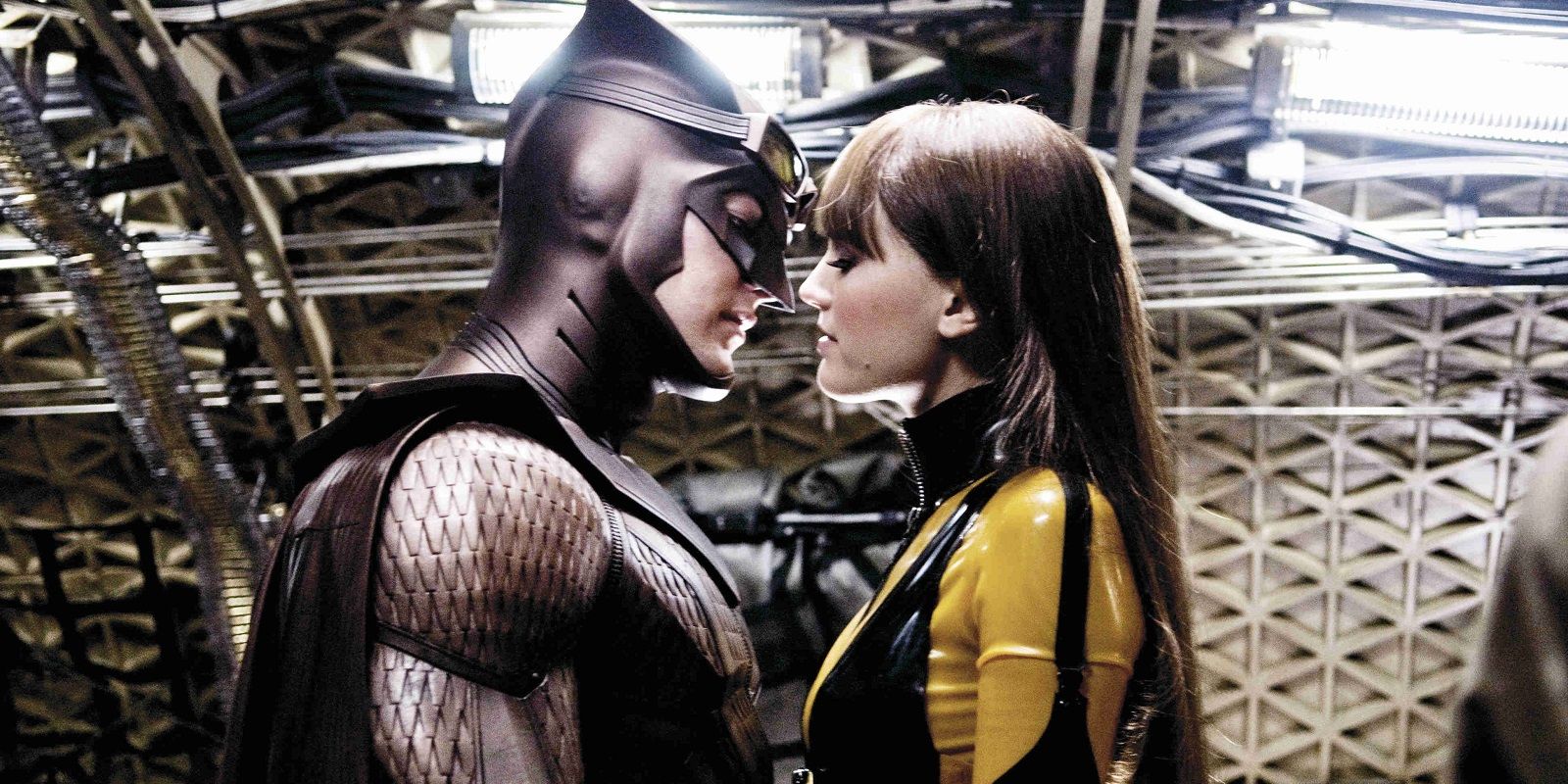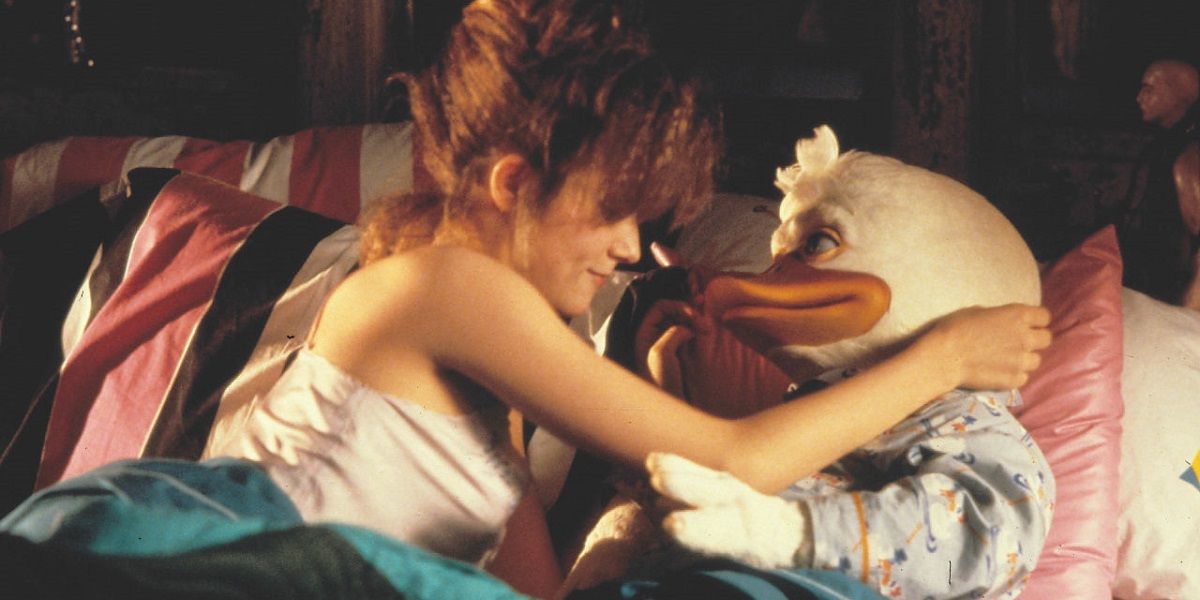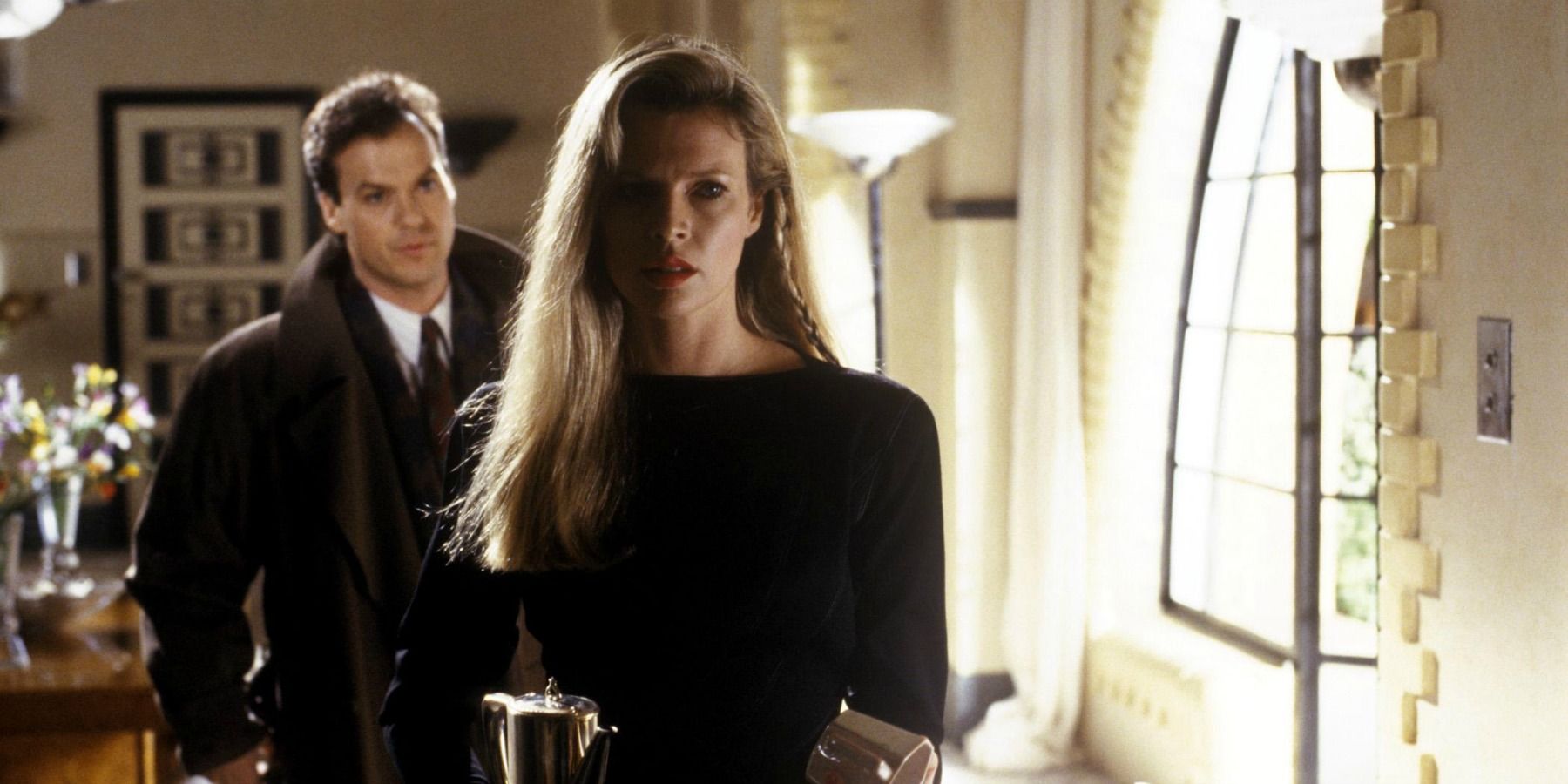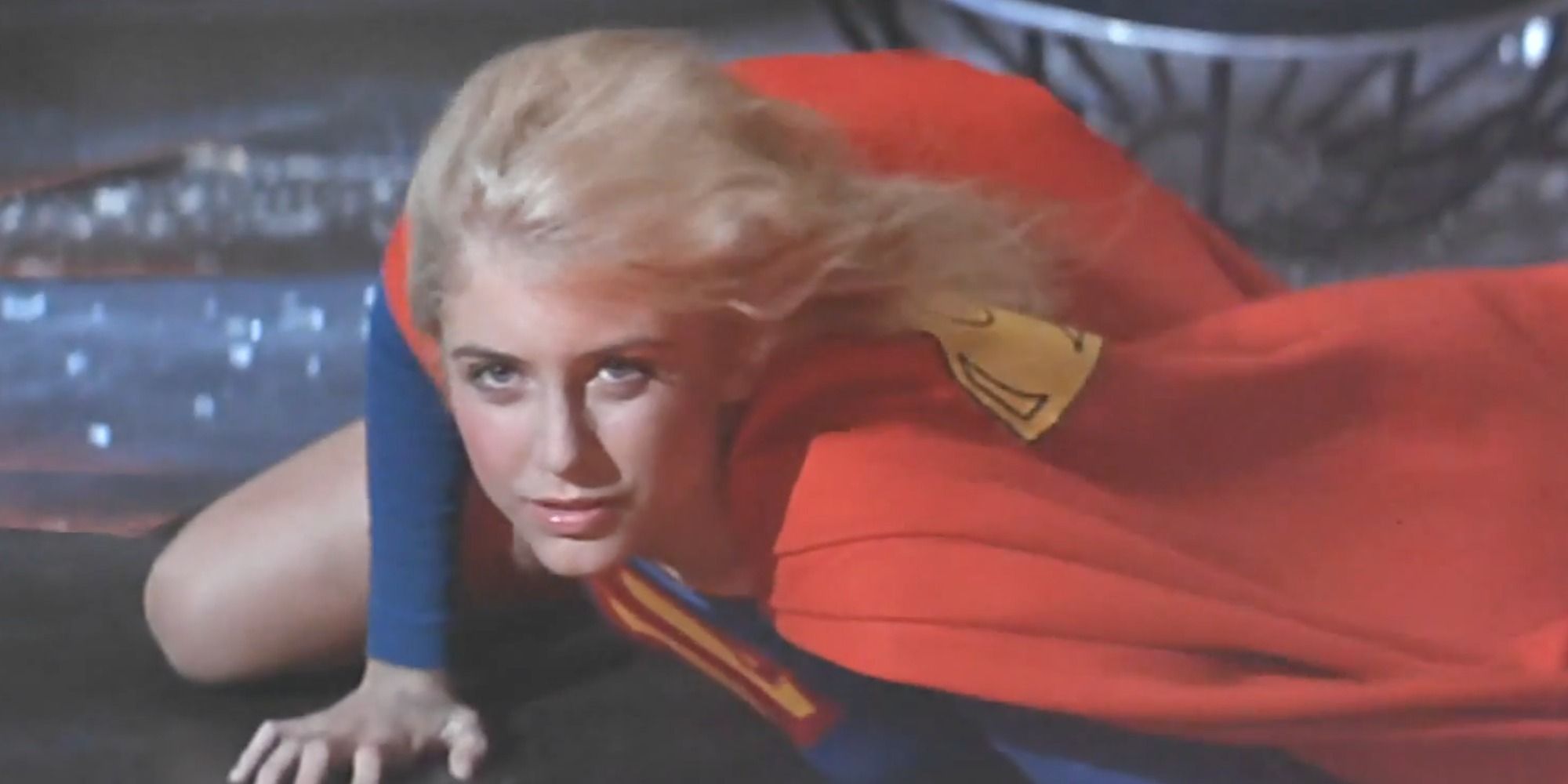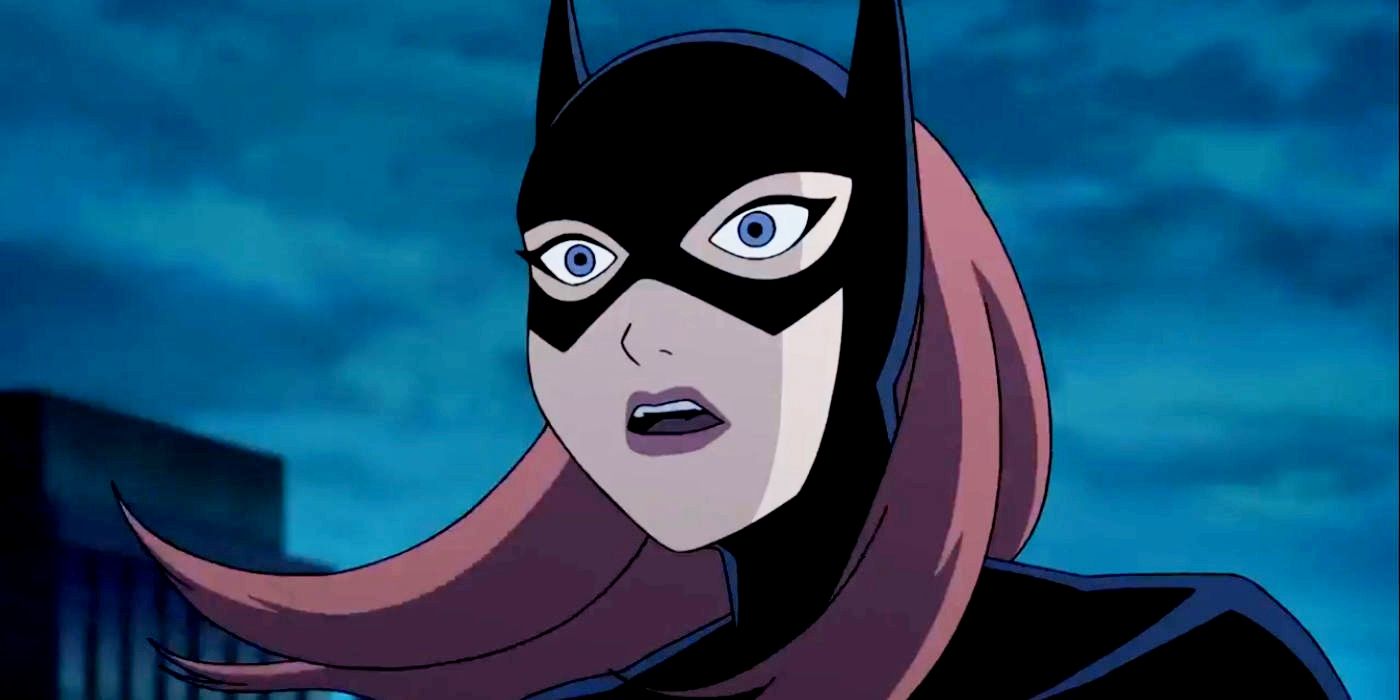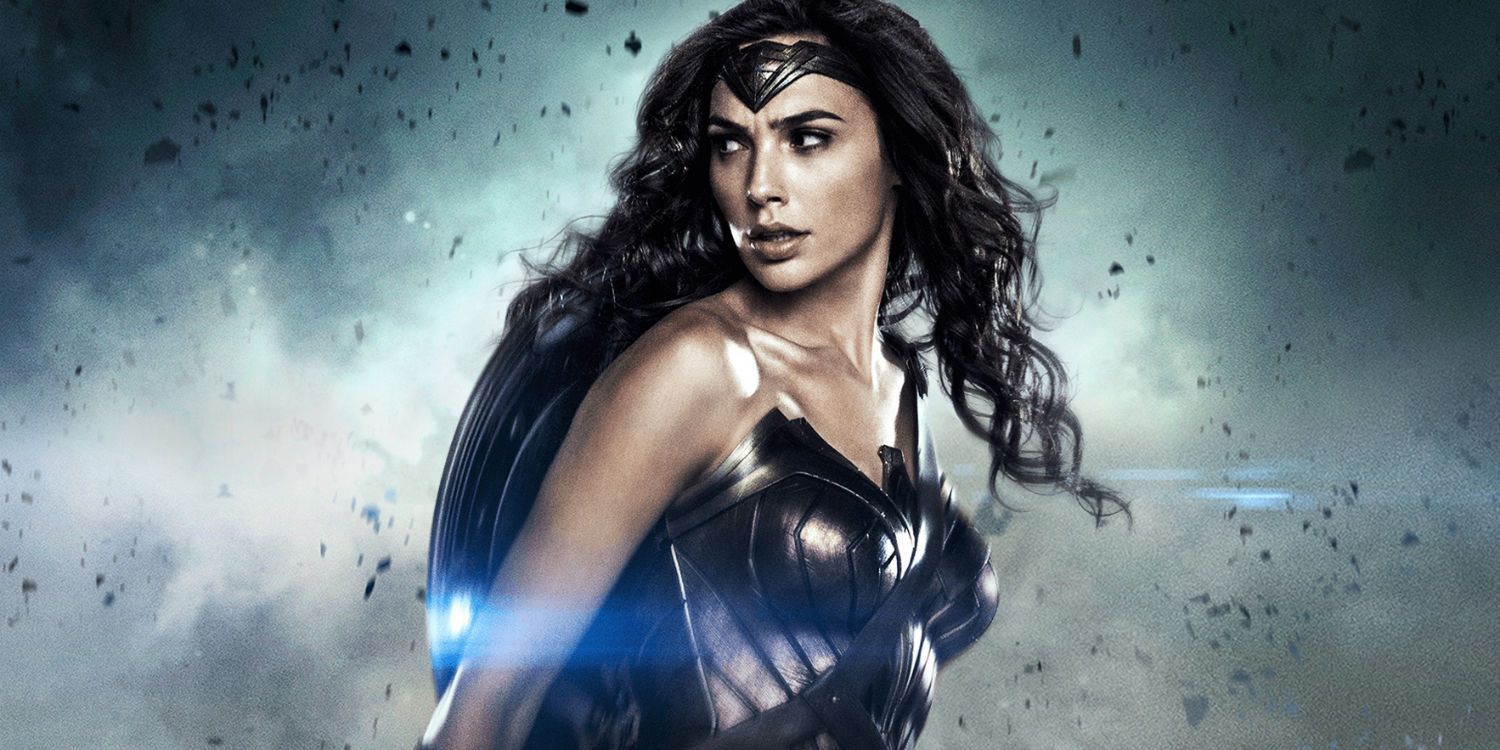A movie is only as good as its source material, and unfortunately, when it comes to movies based on comic books twice their age, there's likely to be some old-fashioned thinking in the mix. The creatives in charge of adapting the medium may have their hands tied as far as certain elements are concerned, by the studio execs at the very least. While we've clearly come a long way where the treatment of women in media is concerned, even some of the biggest blockbuster films have had missteps.
While not everyone is Frank Miller (and thank goodness for that), accidental sexism can happen. Old tropes die hard, and from the damsel-in-distress to the nerd who can't get the girl, they abound in this genre. Despite the best of intentions on the parts of many filmmakers whose work is on this list, we still have a long way to go until we reach true equality for cinematic superwomen. Here are 15 Times Superhero Movies Were Sexist.
15. Avengers: Age of Ultron
Chris Evans and Jeremy Renner's now infamous comments, though clearly meant in jest, brought up a larger point: As the only female Avenger for seven movies (including the ones she didn't appear in following her introduction), Black Widow became a device for creating sexual tension within the team. However, it always appeared as though, despite her friendship with Hawkeye and flirtation with Captain America, she had more important things to do. That is, until Avengers: Age of Ultron.
Joss Whedon stated before the release of the film that Black Widow's backstory was of vital importance to the plot of the movie. As a known feminist in entertainment, Whedon had the trust of his audience -- and while that was deserved, what about the seemingly out-of-the-blue romance between Black Widow and Hulk? This certainly did a disservice to her character -- but the true moment that broke the internet was when Natasha calls herself a "monster" after revealing to Bruce that she was sterilized as part of her graduation ceremony from the Red Room.
In context, it was fairly easy to see that our heroine referring to herself so negatively could be closely related to the way some women feel upon discovering they are unable to have children. Bruce quickly reassures her, and the connection between the two due to their shared circumstances was plot-driven. But unfortunately it doesn't change the fact that many were offended by Natasha's comment. And the superlative romance didn't do much for feminism either.
14. X2: X-Men United
It's no secret that many felt the role of Storm in the film series had been miscast when Halle Berry first stepped into it in X-Men. When it came to the source material, there was a lot to live up to: Storm is one of the most badass comic book characters ever, with a unique backstory and mutant powers that rival the other leaders of the X-Men. And when the first film was released, it was just before Berry became a household name for her performance in -- and Oscar win for -- Monster's Ball. Not to mention, her accent left a little to be desired.
It's pretty inarguable that the character was seriously underused in the series as a whole-- and more specifically in X2, where she seemed to melt into the background. The one time she truly attempts to save the day using her powers is only rectified by Jean Grey, and, what's more, the writers attempted to give her a hint of a love interest -- for seemingly no reason at all. In the scene where she has the most screen time, Storm talks to Nightcrawler, asking him about his markings and spiritual beliefs. None of this is that bad, but the talk ends with the blue guy touching her face and saying, "Someone so beautiful should not be so angry." Choosing to put the focus on the character's looks rather than her impressive abilities is a pretty sexist choice.
13. Iron Man 2
Of Tony Stark's oft-quoted descriptors, "genius billionaire playboy philanthropist," the third item is, without a doubt, the one that stands out in the Iron Man trilogy. Though it doesn't often drive the plot, you'd be hard-pressed to find a thirty-minute stretch of any of the films where his flirtatious nature isn't at least hinted at. So when "Natalie", the new applicant to be his assistant, enters the picture in Iron Man 2, all discussions immediately shift to his inability to focus on anything other than looks.
While, yes, all of this evidence leads one to believe that Tony is who's being judged here, let's look a little deeper. This should have been a truly empowering moment -- a woman comes in, is physically underestimated, and then proceeds to kick Happy Hogan's ass in about half a second. But the focus always has to be on "holy crap, she is so hot." When she bends under the rope to get into the ring, it's purely emphasized for sex appeal. When Pepper Potts announces her as "potentially [a] very expensive lawsuit," she's poking fun at Stark, but still reducing Natasha to an object. And when Tony immediately pulls up a sexy photo her without a second thought? How would that be so readily available of someone who is supposedly an underling from the legal department, even with Stark's super technology and computer prowess? Not Favreau's best moment.
12. Batman v Superman: Dawn of Justice
Since her inception, Lois Lane has been a divisive character. She jumps back and forth across the line between empowered journalist and damsel girlfriend. Seeing her as the former in Lois & Clark: The New Adventures of Superman growing up inspired many superhero fans, so she must have done something right. And in Man of Steel, she's pretty awesome -- even discovering Superman's true identity much sooner than in other iterations of the duo.
But along came Batman V Superman: Dawn of Justice where, in between trying to introduce a slew of new characters, Lois Lane doesn't get much of a role (in the theatrical version, at least). The decision to constantly put an on-the-go investigative journalist in a skirt and heels is baffling, especially when, upon meeting on a rooftop, Lex Luther calls her "Lola, in slacks" (a quote from Lolita), before telling her she has a "little mind."
The line that takes the cake though is uttered by Lane herself. Early on, Lois is conducting Daily Planet business in Nairobi, where she snaps back to a rude local's remark with this gem: "I'm not a lady, I'm a journalist." This is another moment that should have been empowering, but the logic fails -- Lois is actually able to be both a woman and a reporter, so the retort is lame at best, and sexist at worst. Even Margot Kidder, who portrayed the spunky heroine in the 1978 Superman, wasn't pleased with the modern take.
11. Iron Man 3
The third movie in a series is not typically thought to be on par with the previous iterations, let alone better than one of them. But Iron Man 3, when Jon Favreau decided to take a step back and focus on his acting role while Shane Black took the wheel, has received high praise. The director's signature style shows through, the characters are further developed, and it even introduces the man vs. machine argument that leads to the events of Age of Ultron.
With all of these commendable features, it's a shame that there couldn't have been just one more: a female big bad. As has since been well publicized, the roles of Extremis co-creator Maya Hansen and that of Brandt, one of Mandarin's agents, both belonging to women, were originally bigger parts. Rebecca Hall, who played Hansen, recently said that her character's screen time was reduced halfway through shooting -- and they killed her off unceremoniously. According to Shane Black, she was supposed to essentially be Killian, who was ultimately played by Guy Pearce. So why the change? The order apparently came down from corporate, who felt that toy sales wouldn't be as high if the figurine was that of a woman. Of course, they could have just as easily swapped the toy out or just ignored her altogether -- it's not like they haven’t done it before…
10. Suicide Squad
Why are female villains forced to be sexy? In this case, the big bad in question is Harley Quinn -- though she actually serves as more of an anti-heroine. And indeed, Suicide Squad places most of its focus on her, from promotional materials down to screen time -- even the marketing, which may go down in history as some of the most uneven ever seen in the genre, never takes its (male) gaze off of the former Dr. Quinzel. We get it -- Margot Robbie's hot, and over the years, Harley has been drawn more scantily clad.
But for some reason, the first time we actually get to see her in a live action role, Harley has to be in the shortest shorts, twirling her hair and popping her gum. Yes, we're supposed to see her intense brand of crazy from every angle -- she is a supervillain, after all. But for those without deep knowledge of the character, it's hard to see how she became the way she is -- and that she is truly a victim of mental abuse and torture. With that in mind, making her into a sex object is not only anti-feminist -- it's spitting on other women who've dealt with abuse.
9. Hellboy
Here's another movie that by all (other) accounts, is really good. Hellboy is a faithful comic book adaptation with quippy dialogue, a solid plot, and intriguing characters. And Guillermo del Toro's visuals are, as always, captivating.
But the treatment of requisite love interest Liz isn't ideal. She's not a fully realized person -- instead, her purpose is to be a driving force for Hellboy and a source of animosity between him and Meyers. In one scene, Hellboy references their Beauty and the Beast-esque differences -- which, arguably, may be an allegory for race, but it's not obvious enough to make a true impact. Instead, it's just our hero saying that he'll continue to pine for her, despite her feelings. While you can also argue that time isn't on the side of the filmmakers, it would be nice to find a reason to care about Liz beyond how it affects Hellboy.
Not speaking of the last 10 minutes of the flick, which are another sexist matter entirely, what really necessitates the film's inclusion on this list is how Liz represents a larger discrepancy in superhero-heroine treatment. While men with mental powers have to "master their abilities" (i.e. Doctor Strange, Professor X), women have to learn to "control" them, often struggling with their tempers (see Jean Grey and Scarlet Witch). Even Liz's power itself is a metaphor for supposed female hysterics when she literally bursts into flames. This certainly isn't a hard-and-fast rule (Hulk, anyone?), but it does seem to reveal a common pattern.
8. Batman & Robin
There's a general consensus amongst the fan base that Batman & Robin is the one of worst of all the films about the DC superhero. It's hard to pick just one reason why: The silly scenes like sky surfing andBbat-ice skates? The lack of emotional depth (which George Clooney has since apologized for -- on more than one occasion)? Lame Mr. Freeze and his inclusion based on the disease that both his wife and Alfred suffer from?
All of that aside, here's one vote for the ludicrously sexualized character that is Poison Ivy. While the plot is yanked all over the place, a environmentalist scientist is almost murdered -- but instead, becomes a plant woman supervillain who is reduced to the role of, as one writer put it, generic evil seductress. In what Screen Rant recently deemed the worst moment in any Batman film to date, ever, Poison Ivy uses her pheromone powers to manipulate the men at an auction, including our titular heroes, to literally bid on her. If that's not objectification at its finest (well, worst), we're not sure what is.
7. Elektra
Another one of the least-loved films in the genre, Elektra was a spin-off of the flop that was 2003's Daredevil. It picks up where the latter left off -- with Elektra brought back from the dead, and (spoiler alert) that's not the last time that happens. Slightly off-putting magical themes aside, much of the story is familiar, even to those who only know the character from Netflix's Daredevil series: Elektra's relationship with Stick, as well as her part in the ancient order of The Hand.
Her costume, on the other hand, unfortunately skews the way of the comics: skimpy, belly-baring, and not at all practical for fighting. She's there for show, not for substance -- the movie's plot is dull, trading any intrigue for more action. The title character is ill-formed, drifting from moody to maternal, with little explanation. (And for someone who is supposed to embody the anti-heroine, she's a bit too sweet.) As Heather Davidson of Bitch Flicks so aptly put it: "Elektra is interested in its protagonist’s gender only so far as it creates the opportunity to put Jennifer Garner in a revealing outfit and have her kiss another woman." Anyone who argues differently -- especially as far as Typhoid and the lip lock are concerned -- should look a little deeper.
6. Watchmen
When there is essentially one superheroine in a film (as applies to many of the titles on this list), it doesn't seem like too much to ask that she is a developed character with more to offer than sex appeal. That's hardly the case in Watchmen where Laurie, alias Silk Spectre, begins as the girlfriend of Dr. Manhattan. She then begins to get close to Night Owl, and after finally getting to don masks and be the superheroes they've been longing to be, the two engage in one of the most awkward sex scenes ever seen in theaters.
The scene is so awful that a Paste writer penned an entire article about its ridiculousness, from the lack of relevance to the plot to the song playing during it -- but let's not get too deep into that. The problem is really that while the scene had actual implications in the comic, all of that was lost here, and what's left is simply gratuitous shots of Malin Akerman's breasts, followed by a comically timed "eruption." (To be fair, the movie has no shortage of male nudity -- is there a person who saw that movie who didn't see more than enough of Dr. Manhattan?)
5. Howard the Duck
If you just finished creating the greatest sci-fi trilogy of all time (hardly arguable), what would you do next? For George Lucas, the answer was apparently adapting a Marvel property about an anthropomorphic space duck. It's not worth trying to understand why Howard the Duck exists, but beyond being a giant box office failure and simply one of the worst films of all time, its awfulness extends to sexism as well.
The titular character is a fowl (sorry) one himself -- he spends most of the movie trying (and succeeding) to get in the pants of Beverly, a musician and human woman. Crude jokes run amok, yet Beverly falls for Howard, then proceeds to defend him to everyone else who dares to question her insanity. Here's another case of a potential metaphor, but considering the subject matter, it's hard to take anything in this flick seriously, from the heavy focus on strippers to Howard's old-fashioned treatment of his lady friend.
But there's actually a silver lining here: If it weren't for the financial disappointment that was Howard the Duck, Lucas likely wouldn't have sold his new animation department to Steve Jobs, who turned it into Pixar. Now Lucasfilm, Marvel, and Pixar live together under the larger Disney umbrella, which hopefully has enough animal-helmed properties to forget about the proposed remake for Howard.
4. Batman
Stretching back in time a bit further, Batman, the 1989 Tim Burton film, is surely the product of a different era for this genre. Controversy surrounded the casting of Michael Keaton as the masked hero, Jack Nicholson's Joker was -- well, that's a debate for another day. But it's undeniable that the movie shaped the way superhero flicks are made today, securing it a solid place in comic adaptation history.
The same can't be said for its treatment of women. Or, well, woman, as the only female of any note in the entire film is Vicki Vale, a journalist who falls for Bruce Wayne while investigating his alter ego. Her role as a reporter is minimized as her relationship with Wayne takes over because, you know, women can't have both a career and get the guy. More than anything, Vicki is the perpetual damsel-in-distress. After the Joker takes interest in her, he forces her into an endless dance, which she only manages to eventually escape by pretending that she's into him, seductively making her way down his body -- so that Batman can knock him out and take care of the rest. The only saving grace is that the character was abandoned in subsequent films.
3. Catwoman
Where to begin with this disastrous portrayal? Not that any iteration of the character has been perfect -- Michelle Pfeoffer's turn in Batman Begins and Anne Hathaway's in The Dark Knight Rises have their fans and detractors -- but at least they got some of her story right. Halle Berry's Catwoman isn't even the alter ego of Selina Kyle -- she's Patience Phillips, who works at a cosmetics company where the face cream being sold has "anti-aging" effects. Yup, that's right -- those are the stakes. Because how could a heroine handle something that isn't about makeup?
It's doubtful there is a person out there who would argue about the quality of this film -- it bombed hard at the box office, and took home quite a few Razzies. But the sexism should also be easy to see, from the beauty-centered plot to the costume actually purchased from a sex shop. Not to mention the greater implications: The film, along with Elektra, was cited in an email bearing the subject line "Female Movies" released on Wikileaks during the infamous Sony hack last year. The argument made was that, using this flicks as a case study, superhero movies with female leads don't do well. Interesting that no one had this discussion re: "Male Movies" after Green Lantern, Daredevil, or Batman & Robin…
2. Supergirl
The recent small screen adaptation of Supergirl on CBS (now the CW) has received much praise for its feminist take on Kara Zor-El. It seems that it took 30 years to learn the lesson that the film of the same name failed to grasp: Just because she's a woman, doesn't mean she can't (gasp) be the hero.
To begin, the Kara in 1984's Supergirl isn't exactly the brightest bulb -- in fact, she's at fault for the Omegahedron's expulsion from the planet. When she gets to Earth, she's distracted by a hot dude, whom her nemesis just so happens to also have a thing for. And the villains aren't exactly amazing examples of feminism -- in attempting to escape the clutches of a man, they need another man's wand. (The analogy here is too obvious to even discuss.) And who really ends up saving the day? The human hunk and his healing powers of… love. Ick.
The real problem here is systemic: The movie doesn't take itself seriously, therefore it doesn't take its heroine seriously either. Even the way that Supergirl flies is laughable -- rather than Superman's strong, forward-facing stance, his cousin's arms lay delicately at her sides, as she seems to glide, rather than power through the air.
Honorable Mention: The Killing Joke
Though the focus for this list was live-action superhero films, it would be incomplete without mentioning what is likely the most sexist movie the genre has ever seen. The immensely popular graphic novel Batman: The Killing Joke was recently adapted as a full-length animated film. Focusing on the Joker's past and the psychology of becoming a villain, as well as the usual debate surrounding the blurred line that separates good and evil, the story also includes the retirement of Batgirl, before her transition into the Oracle.
If simply adapted straight from the source material, the film would already raise some eyebrows. After Joker escapes from prison, he attacks Batgirl and proceeds to paralyze her, strip her naked, take photos of her, and (likely) rape her. She comes back from this, but the serious mistreatment of her character isn't even close to explored the way it should be.
To make matters worse, more is added to the film, seemingly just to expand the run time. Another story, with little connection to the original, is tacked on as a prologue. During this, Batman harangues Batgirl for her violent behavior -- and then proceeds to have sex with her, which is never explained or justified. Additionally, Batgirl becomes the plaything of Paris Franz, the mobster whose only actual connection to the deeper story is that he takes the Joker's place in jail. After all this, the inclusion of her sort-of redemption at the end is lackluster, and hardly makes the rest forgivable.
1. Round up: Lack of women in general
When it comes down to it, the most truly sexist thing of all is how few women (superhero or otherwise) there are in this genre of films -- and movies in general, if you want to get down to it. So much of this all leads back to the same place: Women in Hollywood are simply not taken as seriously as their male counterparts, and this is even without bringing race into the question. For every Shonda Rhimes and Kathryn Bigelow -- who are incredible examples of their profession, female or otherwise -- there are 10 men who could be subbed in to do their job at any moment. It's an oversaturated market on a playing field that could use a little shaking up.
This is why so much rests on projects like Wonder Woman and Captain Marvel, and why the loss of shows like Agent Carter and the lack of a Black Widow movie (thus far) are felt so strongly. It seems as though we're finally making some progress in the arena, but the scale is still a long way from balanced. Hopefully, we'll see huge successes coming our way from superheroine films helmed by female writers and directors, and this discussion will soon be a thing of the past.

